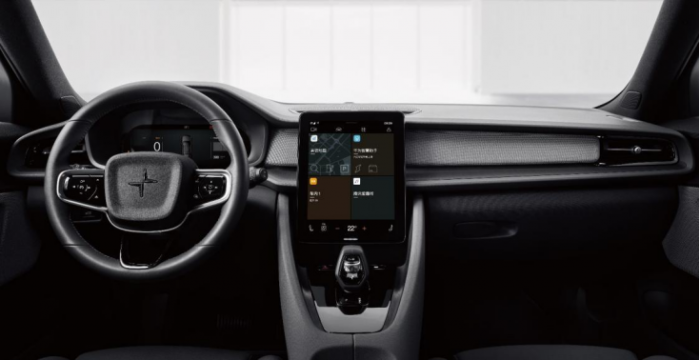Author: Mr.Yu
What keywords come to mind when you think of Nordic style?
Minimalism, post-modernism, humanization, nature, and delicious IKEA meatballs…
After attending an event a few days ago, we realized that in addition to simplicity, the people of the Scandinavian peninsula are unexpectedly pragmatic.
On June 10th, 2021, Huawei announced China’s first smart car infotainment system developer competition at the Huawei Developer Day event. As one of Huawei’s partners in the automotive field, Polestar, a global high-performance electric vehicle brand, will invite developers from all over the country (regardless of nationality), to participate in a 2-day marathon-style app development competition based on the native Android infotainment system of the Polestar 2. The judges will provide guidance throughout the competition, and evaluate the final works accordingly.
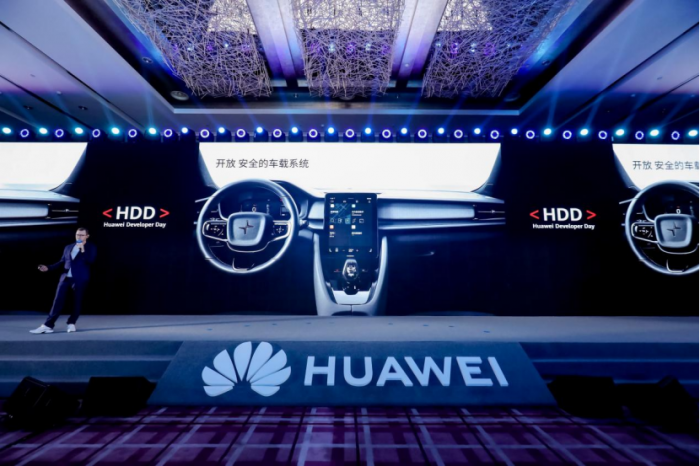
It turns out that a hackathon is not something that manufacturers just throw money at and invite a bunch of developers to play with. For example, the Microsoft Teams, which has stood out during the days when the global pandemic has forced large-scale work and learning activities to be conducted online, is the result of a Microsoft hackathon.
We are curious if this “Uncompromised Technology” hackathon is just a long-term marketing event? Will the winning solutions be implemented?
In response to a series of questions, Nathan Forshaw, President of Polestar China and the Asia-Pacific region, and Wu Bin, Minister of Cloud Services Solutions of Huawei’s Consumer Business Group, accepted our interview together.
Regarding our question, Forshaw said, “Polestar is very much looking forward to the solutions produced by this hackathon ultimately being applied to Polestar’s models, to enhance the digital experience and services it provides to consumers. Of course, all this is on the premise that the winning applications and solutions can meet security requirements through professional evaluation.”

Forshaw’s answer caught our attention. We believe that both Polestar and Huawei have their own intentions.Regarding Polestar, collaborating with leading enterprises in their respective fields in the Chinese domestic market to create an experience ecosystem that meets local user needs is far more efficient and cost-effective than investing in closed-door R&D, as well-known as that commercial success involves more than funding, but also includes factors such as time, reputation, market share, etc. that cannot be obtained by simply “throwing money at it”.
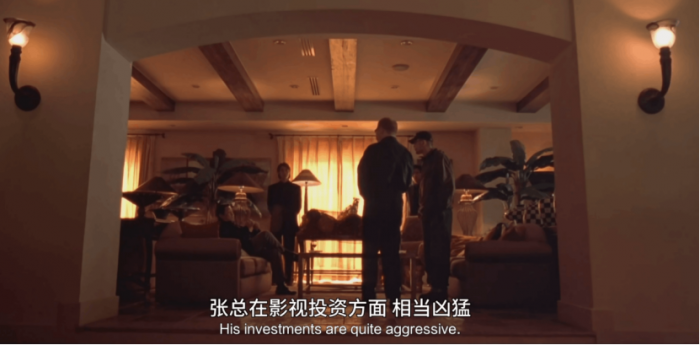
Regarding Huawei, on the one hand, it helps partners to create differentiation and competitive advantages in line with their brand tone in an increasingly homogeneous market environment, penetrating valuable services into various platforms, achieving good reputation and market share; on the other hand, Huawei provides fully-scene capability openness, developers only need to integrate HMS SDK to use multiple open capabilities from Huawei, which can help developers’ applications to obtain more users, higher activity, and more realistic and substantial returns.
From any angle, it is undeniable that Polestar is being very generous.
As we understand it, each member of the first prize-winning team in this Polestar hackathon will be awarded a Polestar 2 standard range edition, and each member of the second prize-winning team will also be awarded a one-year right to use a Polestar 2.
According to the tournament rules, the maximum number of members allowed in each team is five. This means that Polestar will potentially give out up to ten vehicles in this project.
If all parties can achieve their desired results, these costs are clearly insignificant in comparison.
What was the reason for Polestar’s emphasis on this hackathon? What are the factors that have an impact?
This might have to start from Polestar’s brand tone. But let’s be clear that we’re not going to talk about the pure electric, environmentally friendly, and sustainable development that Nordic brands love to talk about today.
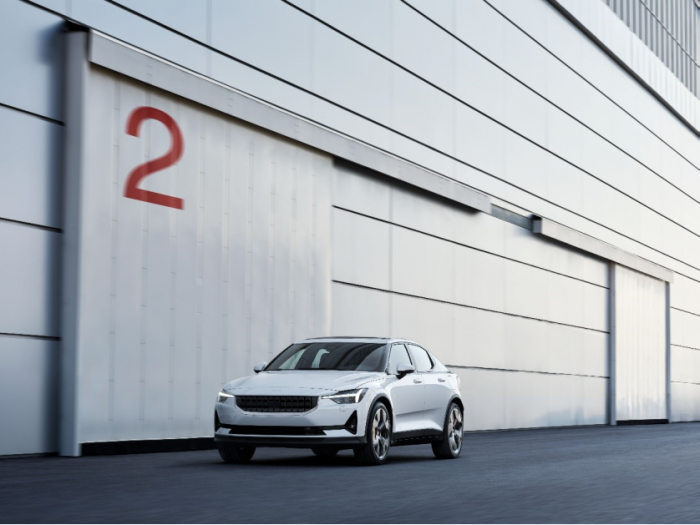
As far as we know, in the more than three years since the establishment of the high-performance electric vehicle brand, Polestar has not been indiscriminate towards capital, and can even be said to have been quite cautious. This attitude has given the joint venture owned by Volvo and Geely more autonomy in controlling the pace:
The headquarters in Gothenburg, Sweden, controls product definition and design and implements its unique design language throughout. Given the widespread recognition of the Polestar brand in the industry and the market, we can reasonably believe this is highly successful.
On the other hand, we believe that Polestar has long had an eye on the domestic market in China, which not only has the largest market scale and strong and diverse user group demands but also has a completed industry chain and government policy support…# Tesla, Polestar and the Challenges of Entering the Chinese Market
As a luxury electric car brand, Polestar seems to have been too cautious when facing Tesla’s rapid expansion in the Chinese market. Polestar CEO, Thomas Ingenlath, described it as “necessary to accumulate experience for a brand to enter a new market.”
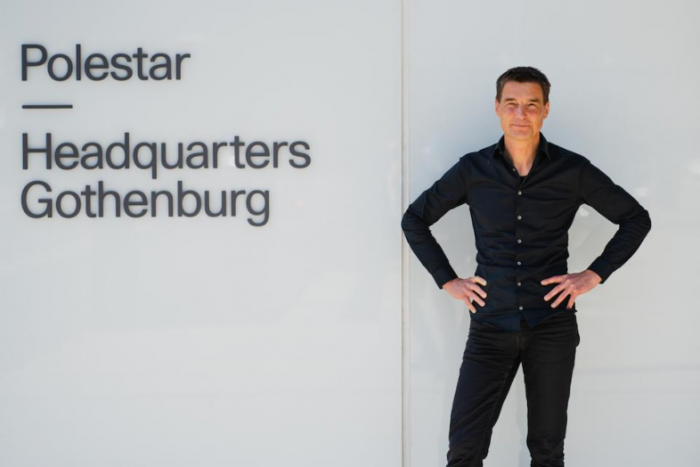
We have seen many cases where multinational brands struggle to survive in the Chinese market. The pragmatism of Chinese consumers, especially in the field of electric vehicles, determines that they value the practical experience rather than blindly pay for brand premium.
To create an application experience familiar to Chinese consumers, Polestar cooperated directly with top brands in various fields in China such as Huawei’s application ecosystem, iFlytek’s Chinese voice solutions, Tencent’s digital content, etc.
It is common for like-minded people to attract each other. This business logic is similar in some ways to that of Huawei as a partner. Instead of following Xiaomi’s self-developed style, Huawei collaborates with the top three companies in each field when entering new territories, such as IoT markets, to launch products that are integrated into Huawei’s smart ecosystem.
The advantages of products and channels are self-evident. Nowadays, in the business world, it is no longer a time when companies have to design, develop, produce, and sell everything by themselves. Win-Win cooperation is the trend.
If only it were that simple…
Otherwise, Douyin would not have to transform into the TikTok brand for international users, and Microsoft’s Azure intelligent cloud platform would not have to be operated in China by Century Internet.
Each country has its own laws, regulations, and policy directions. Therefore, it is not always easy for businesses to prosper in new markets. Otherwise, Tesla would not have taken so long to find a breakthrough at the gate of China. Moreover, the actual market situations in different countries are not the same. Some people in the UK still believe that 5G signal towers will release electromagnetic waves that can control their minds. Only the traditional craftsmanship of igniting dry firewood can protect the British people forever.
Going back to the topic, Huawei’s developer community, cross-border new energy brands, domestic developers, and native Android car systems. Behind the apparent contradictions of these elements lies another story, which traces back to the past cooperation between Volvo and Google.According to reports from several foreign media outlets, Volvo announced at the 2018 Los Angeles Auto Show that it is collaborating with Google to develop a new Android-based multimedia system. This system will introduce killer applications such as Google Maps and Spotify to vehicles and can seamlessly integrate with all operating systems, allowing car manufacturers to expand their existing products. At the time, officials from Volvo’s R&D department also revealed that the CMA and SPA platforms will be upgraded from the production of the Polestar 2 model, and Polestar 3 models will come standard with 5G network connectivity and Android multimedia systems.
Google and Volvo executives were straightforward in saying that the purpose of this system is to bring personal life into cars through various applications.
However, these benefits do not come for free.
To this day, Google Mobile Services (GMS) are still not available in China. Although Chinese mobile phone users generally have stable emotions regarding this, for overseas users, having an Android phone without GMS authorization means that applications and services such as Google Search, Chrome browser, Google Maps, YouTube, and even the Google Play app store are completely irrelevant – to a certain extent, rendering it almost useless.
The open-source Android system that people talk about is actually composed of two parts: the free Android Open Source Project (AOSP) and the commercial GMS service. The latter is not part of the Android open source project, with its focus on the GMS “family pack” services, including Google Search, Google Maps, Google Play store, and a series of other services.
Referring to Katie Williams, an analyst at Sensor Tower, Google’s revenue from the global Google Play store alone in 2019 reached up to $8.8 billion. For terminal manufacturers and developers around the world, despite high costs and concerns, facing the uncertainty of politics and commerce, it is clearly unwise to confront Google.After all, all parties involved have an “Anti-Fragmentation Agreement” in Google, as some companies have replaced some parts of Android with self-developed application layers and programs, and some companies and developers have improperly used some low-level hardware or instruction set features under the instigation of some third-party companies. This may cause the application programs in the current Android market to fail to ensure correct operation on all Android devices, causing serious compatibility issues. The purpose of this agreement is to solve this problem.
The days of relying on others’ noses are not easy, and we have seen the effectiveness of the tactic of interrupting the supply chain in the trade dispute. In business, many foreign media outlets have reported that Google also applied for a license from the US government in early 2020, hoping to resume cooperation with Huawei. And we all know what happened later, Huawei Mobile Services (HMS) “was forced” to debut early.
Wu Bin told us in an interview that “HMS for Car has been cooperating with Polestar. This product is related to mobile phones, but more ecological services are provided through cloud connections, and the native services on the car can be completely operated independently of the phone.”
Speaking of this, Wu Bin gave a vivid example: users can choose to associate health information with their cars to receive recommended related services. For example, if they did not get enough sleep last night, when driving to work the next day, the car’s application will recommend refreshing music. Based on the capabilities of the HMS for Car platform, developers can implement more and more refined experiences based on application scenarios.
The reason we introduce these facts here is because we are not simply going to label the current topic as “car” or “mobile phone” for discussion, the causal relationship between them cannot be separated. Car infotainment systems are not simply a transplant of mobile phone systems, and most applications on mobile phones are not suitable for car infotainment systems. The differences between different car hardware are too big, and the platform needs to handle the differences well.
As a European-designed and developed, Chinese “smart manufacturing” luxury electric car brand released globally, practical product strategies are particularly important for Polestar. Just like the Polestar 2 model, the system developed based on the native Android Automotive OS for car infotainment systems ensures that the brand has the “qualification” to participate in competition in overseas markets. Close collaboration with domestic ecosystem suppliers such as Huawei, iFlytek, Tencent, and AutoNavi is to build the user experience of Polestar models from a localized perspective.
The power of the developer community cannot be underestimated.
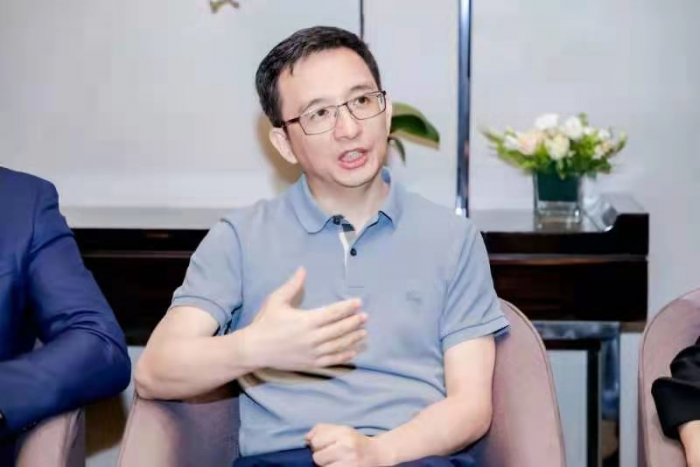 In the words of Wu Bin, “The innovation of the hardware is expected to come from the car companies, but the ecology, services, and experiences on top of it have a greater potential for developers. If we can mobilize millions of developers to innovate, it will be endless. I believe that our partnership with Polestar can enable developers to lead the innovation and is a differentiated advantage.”
In the words of Wu Bin, “The innovation of the hardware is expected to come from the car companies, but the ecology, services, and experiences on top of it have a greater potential for developers. If we can mobilize millions of developers to innovate, it will be endless. I believe that our partnership with Polestar can enable developers to lead the innovation and is a differentiated advantage.”
With the openness and platform advantage of Huawei HMS for Car, Huawei is trying to attract more developers to join and strengthen the HMS ecosystem, while continuously enhancing the cooperation paradigm with partners and developer communities.
Whether the highly anticipated automotive business sector of Huawei can become as powerful as its cloud computing business, as in the case of the smartphone business, still requires time and market scrutiny.
Polestar CEO, Thomas Ingenlath, once said in an interview, “It’s not just about spending money to buy other people’s technology, but interacting closely with suppliers to develop together.”
We believe that this statement is not just a romanticism from the mouth of an artist. On the contrary, the era of selling software and technology alone is passing, and in the increasingly complex and diverse global landscape, pragmatic, open, and growth-oriented enterprises will work with partners to bring more positive impact to the world in the future.
This article is a translation by ChatGPT of a Chinese report from 42HOW. If you have any questions about it, please email bd@42how.com.
